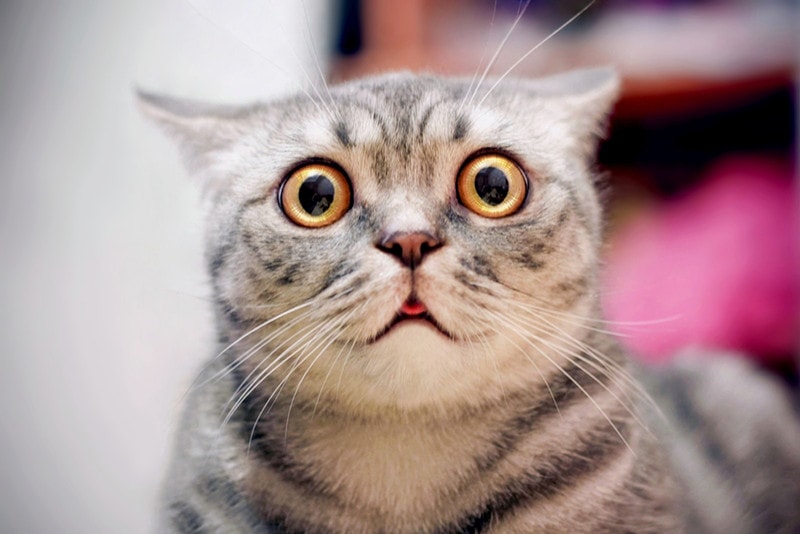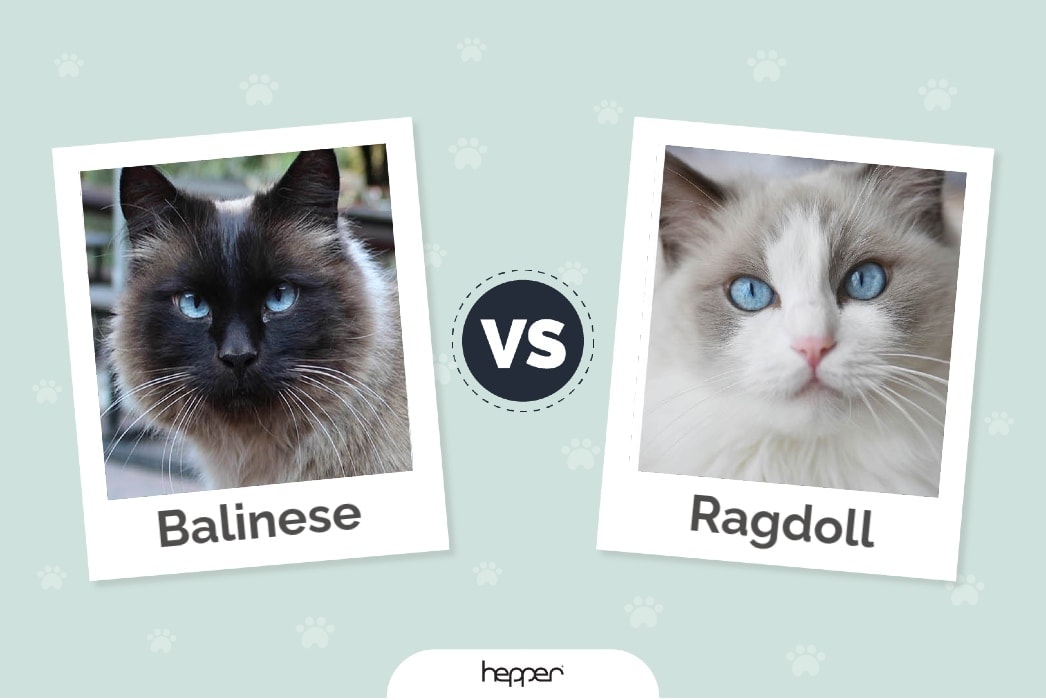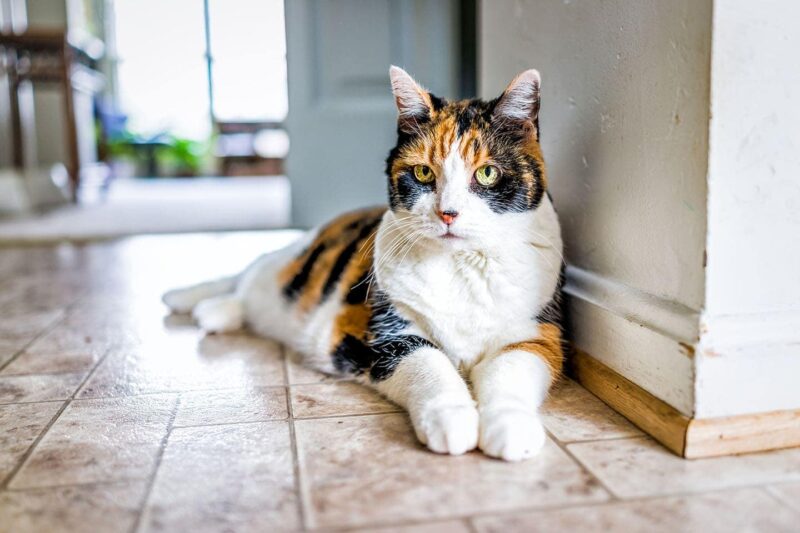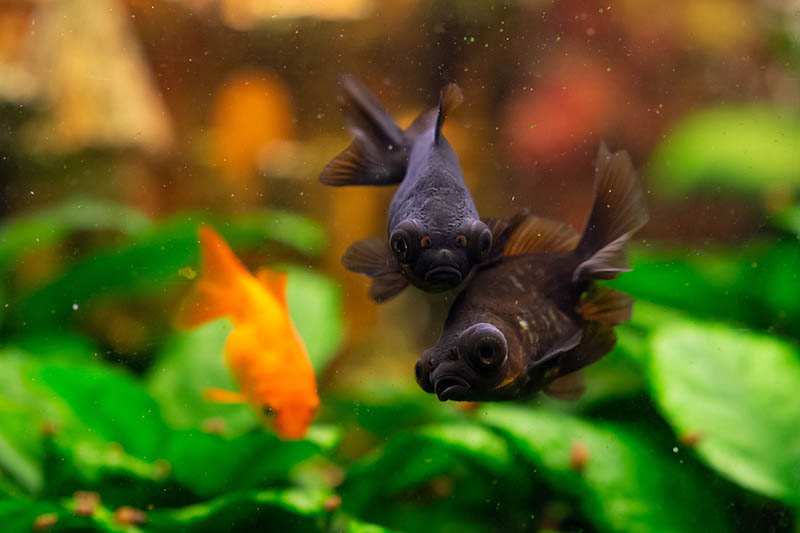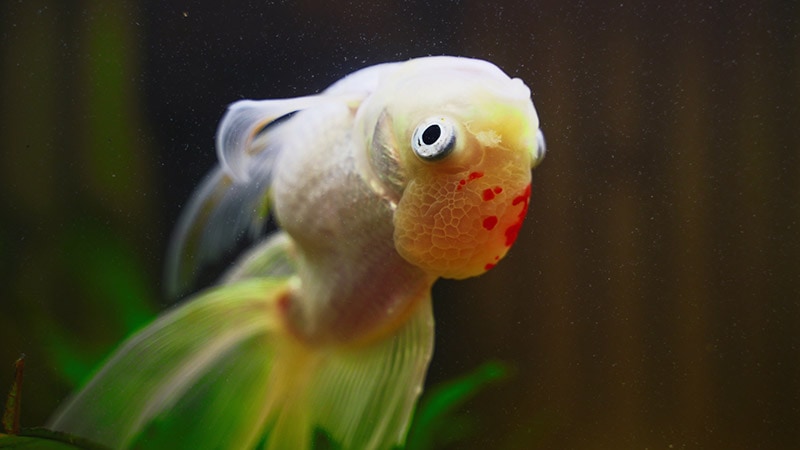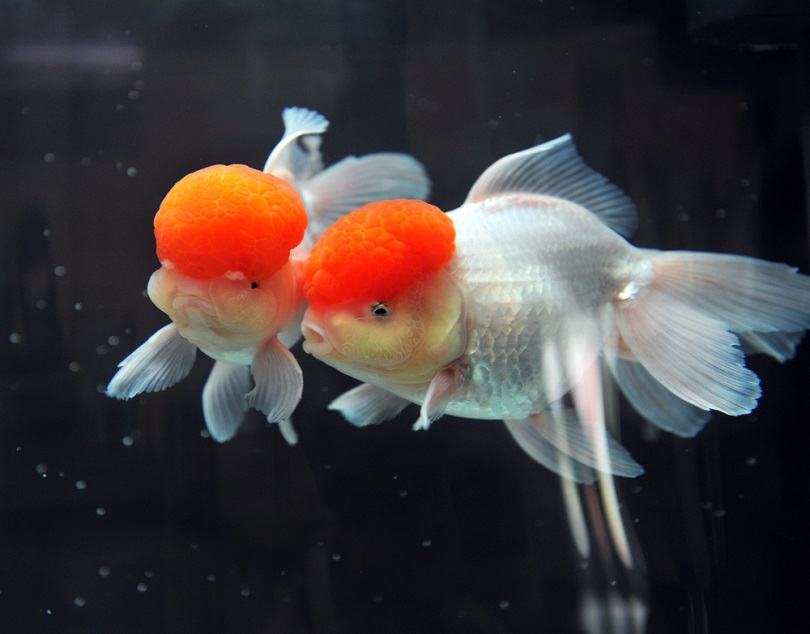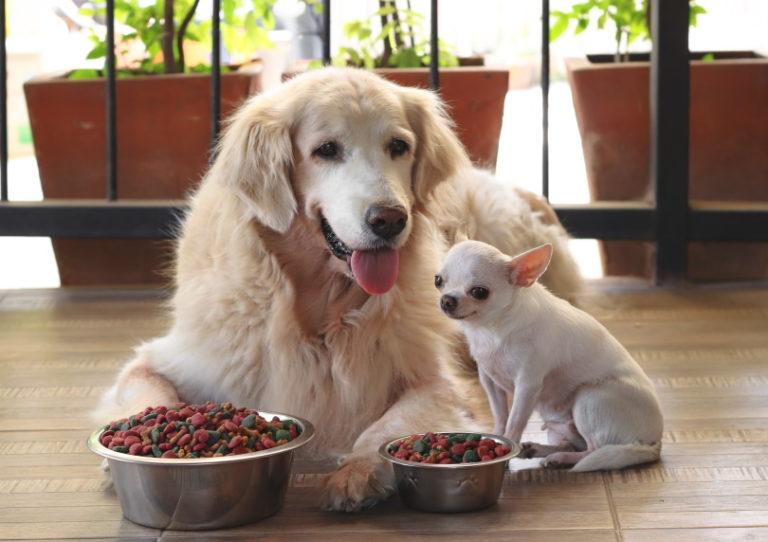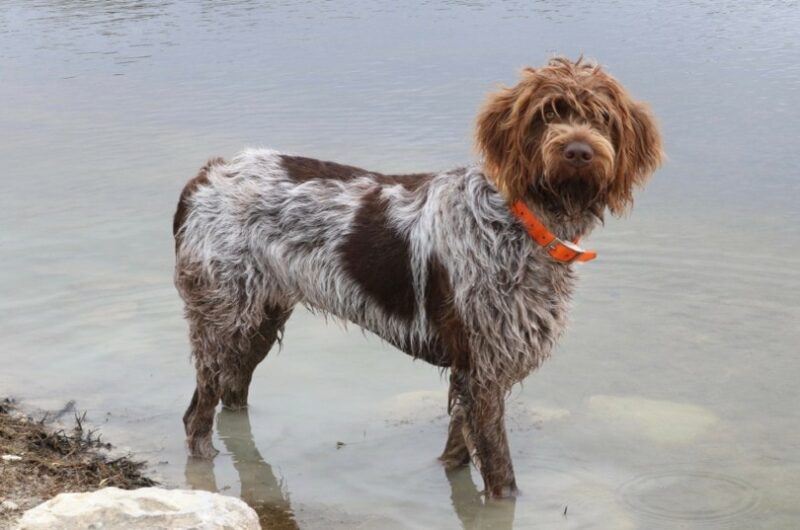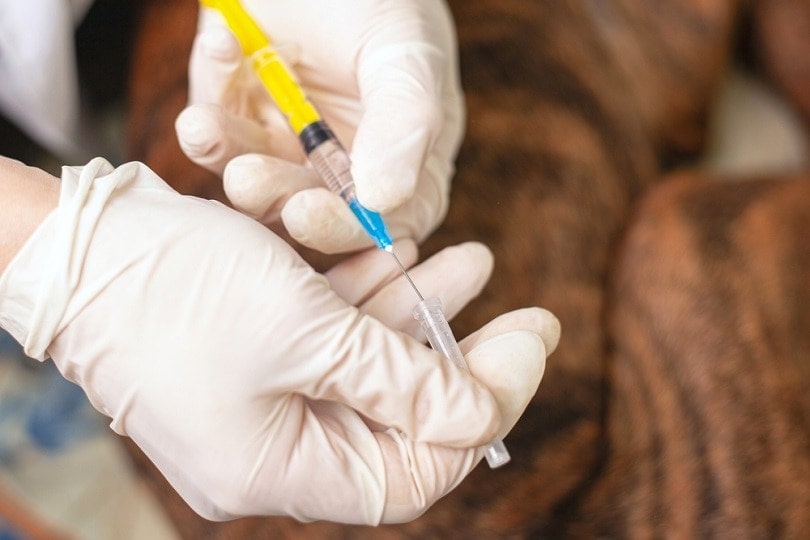Can Cats Eat Daffodils? Are They Poisonous to Cats?
Updated on
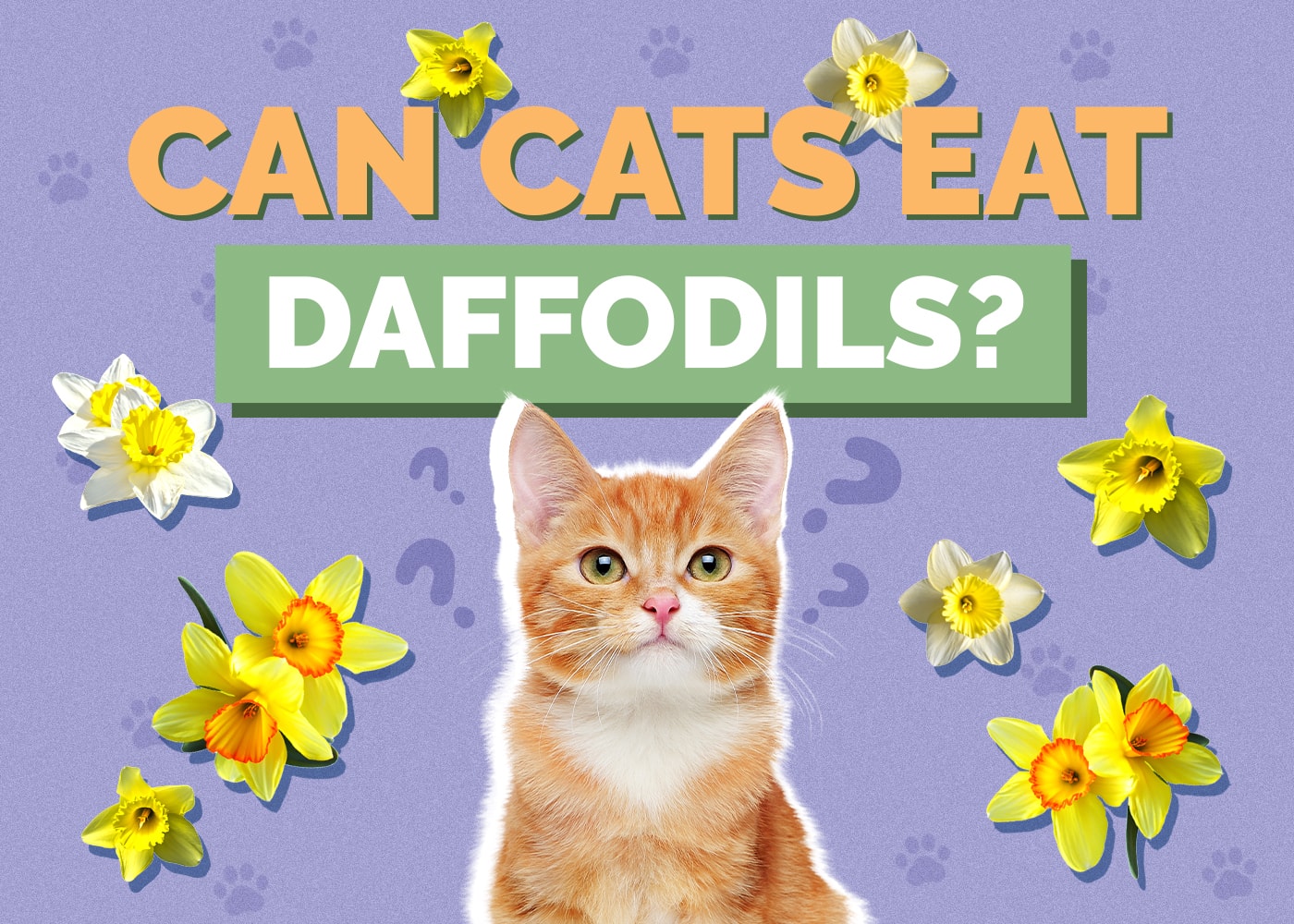
Few flowers herald spring as beautifully as the daffodil. As soon as the snow melts, daffodils enchant the gardens with irresistible golden flowers. But the bewitching beauty of this flower comes with a price: it is toxic to our pets, especially cats. Find out what to do if your curious kitten has chewed on your daffodils, what the symptoms of possible poisoning are, and how to keep your cat safe.
How to Recognize a Daffodil
The daffodil (Narcissus) is a perennial herbaceous plant of the Amaryllidaceae family. It is a bulbous plant widely used in ornamentation for its bright yellow color. In addition, its trumpet-shaped petals and scent make it a popular plant in many gardens.

Why Are Daffodils Poisonous to Cats?
The daffodil contains toxic principles, most of which are found in its bulb, although the whole plant is potentially harmful if ingested by an overly curious animal. These compounds are called alkaloids (lycorine and galanthamine), saponin, saponosides, and oxalate crystals.
If your cat ingests part of the plant, he could suffer from digestive, heart, nervous, and respiratory problems.
Indeed, the toxic components irritate the gastric mucosa of the animal, which causes digestive disorders, such as nausea, vomiting, and diarrhea. These components also have cholinergic and alpha-adrenergic effects, explaining cardiac (abnormal heart rhythms), respiratory (breathing problems), and nervous (convulsion, coma) problems.
Besides, be aware that this plant is also toxic to dogs and horses.
What Are the Signs of Daffodil Poisoning in Cats?
The severity of daffodil poisoning varies from cat to cat, depending on the part of the plant ingested and the amount.
Symptoms of poisoning may appear between 15 minutes and 24 hours after ingestion. According to PetMD and the American Society for the Prevention of Cruelty to Animals (ASPCA), the signs to look out for are:
- Vomiting
- Diarrhea
- Lethargy
- Hypothermia
- Sudden loss of appetite
- Excessive salivation
- Difficult breathing
- Tremors
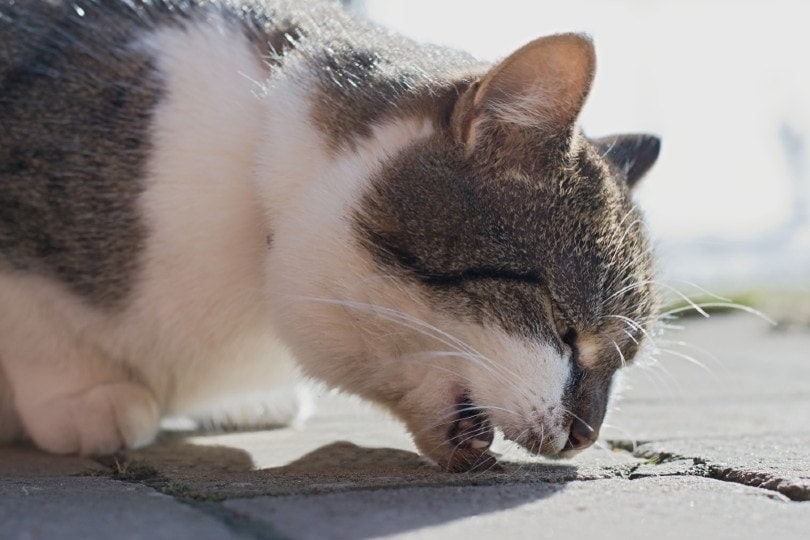
What to Do if Your Cat Has Ingested a Daffodil
Fortunately, in most cases, cats only suffer from vomiting and diarrhea. However, do not take any risks: you must bring your animal to the veterinarian as soon as one or more of the symptoms mentioned above appears or if you catch it in the act.
- If possible, remove any leftover plant from your cat’s mouth. Save some part of the daffodil to show your vet, so he will know exactly which plant it is.
- Isolate your cat in a room so that you can supervise him closely.
- Call the Pet Poison Helpline at 1-855-764-7661 or Animal Poison Control at 1-888-426-4435, who can give you further first aid advice.
Above all, do not try to make your cat vomit! You could do more harm than good.
What Treatment Will the Vet Give to Your Cat
Your veterinarian will assess your pet’s condition and give the necessary treatment after doing the required tests.
He may give medicine to induce vomiting or give activated charcoal (which is used to absorb toxic compounds in the gut). If your cat is severely dehydrated, your vet may give him intravenous fluids and keep him for observation. Since daffodil poisoning is rarely fatal in cats, you should be able to get your pet home quickly.
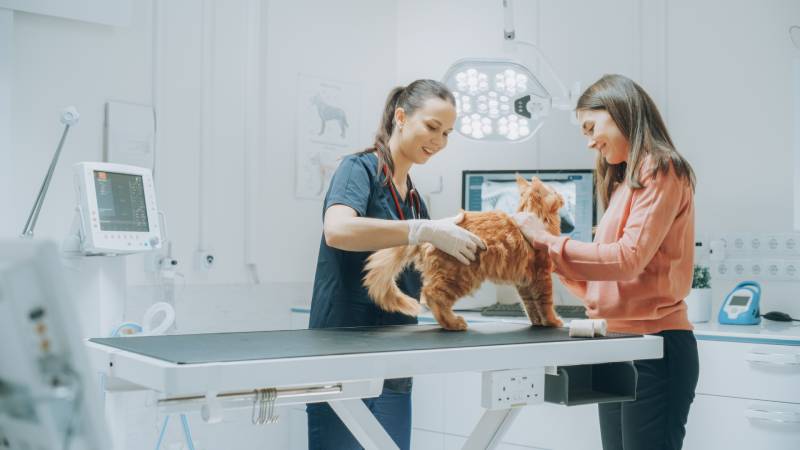
How To Protect Your Cat from the Toxicity of Daffodils
- If someone offers you a bouquet of daffodils, keep them out of your cat’s reach by placing them on a high shelf or in a room where your pet is prohibited.
- If you have daffodils in your yard, you will need to block their access to your kitty by installing a security fence around them. But if the thought of putting up such a fence in your garden turns you off, you should consider replacing your daffodils with a safer alternative for your four-legged friend.
Now that you know what you can safely feed your cat, it’s just as important to find a bowl that supports their health and well-being. With whisker-friendly bowls and a wide tray to catch any spills, our Hepper NomNom Cat Bowl is our favorite option.
Final Thoughts
Ultimately, it is our responsibility as cat owners to keep our homes and gardens free from harmful plants to our beloved pets. Learning which plants are poisonous to them is an excellent place to start because prevention is always better than cure!
Featured Image Credit: MabelAmber, Pixabay


